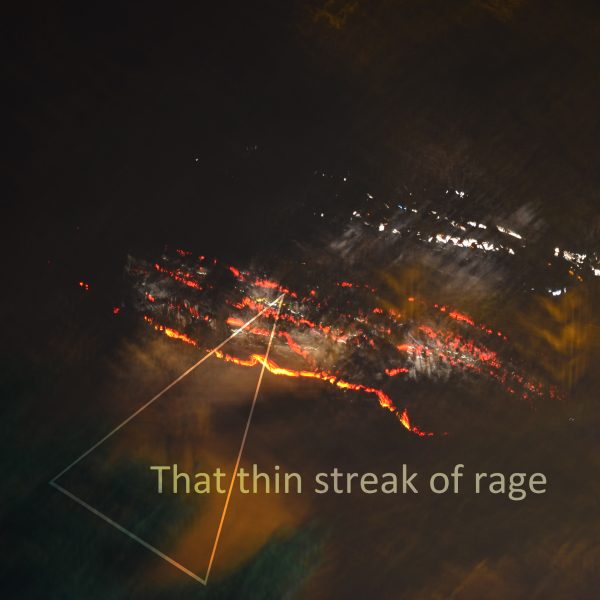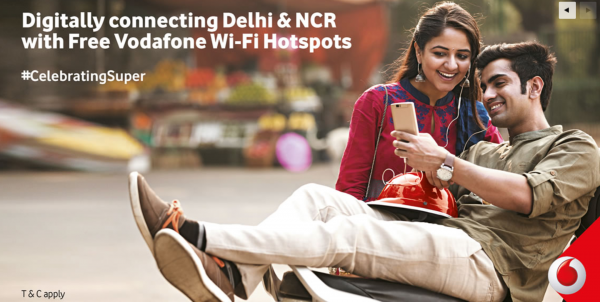Lots of people define Delhi as a city of rage… feelings that are uncaged, boisterous, out of control, and forever stampeding on to newer forms of destruction. What they do not understand is that it is this rage that invariably and inevitably explodes into an evolved form of existence. Almost like a new universe being created out of an unidentifiable mass. Revolution for Delhi is re-evolution and not a mere mindless circling around issues with placards or candles. Yes, that thin streak of rage here in Delhi propels new ideas into existence and, therefore, Delhi reigns. Reigns with a rage, reigning in rage and surging ahead with purpose.
Oxygen bombs
Rage and bombs go together but Delhi is ready to give the world definitions that blow any form of toxic opinion apart! If you think that the air that people in Delhi breathe has only toxic agents such as formaldehyde, trichloroethylene and benzene, you must also know that the Supreme Court ban on crackers in the NCR has led Delhi to breathe a little better than the previous year. The Economic Times reports that “the good news for Delhi is that carbon monoxide and nitrogen dioxide were at safe levels after Diwali, while ozone was at moderate levels” and adds that “Delhi’s air was better than the post-Diwali period last year because people burst fewer crackers following the Supreme Court’s order banning their sale, and better wind condition than last year.”
But this isn’t the complete story. You can spot oxygen bombs from every balcony and every ledge in the city and these are aloe vera, musli, sansevieria giant, sansevieria dwarf, syngonium and lemongrass… and probably more varities than even I can identify. We in Delhi also know and understand that keeping indoor plants purifies the air around us. Awareness isn’t some magical mantra that has just happened. One of the laudable anti-pollution efforts here was led by the now legendary Vodafone Super Crackers!
Super crackers? Well yes, these are filled with eco-friendly plant seeds and the 52 Vodafone stores helped us nurture oxygen bombs for the city. So you see, Delhi does know how and what to explode… and when. Now that we are on efforts that have led to air purification, we also have bus-shelters with air purifiers installed by Vodafone which is like literally making our citizen even commute with adequate inhalations of oxygen.
The i-volution
Believe it or not, the I in Delhi is all about the way we promote the internet. The latest Delhi Statistical Handbook 2014-15, published by Directorate of Economics and Statistics of the Delhi Government says that “the number of mobile phones in Delhi as on December 2014 was 45.4 million. Fixed line connections saw marginal rise to 3.12 million in December 2014 from 3.1 million in December 2013”. These stats, according to a study by Internet and Mobile Association of India (IAMAI) and IMRB, also point out that in a country with 243 million internet users, Delhi has a promising high of 12.15 million web users. A fair part of the credit needs to also go to Vodafone having initiated more than 120 free wifi zones or hotspots at critical points all over the NCR. For the stats crazy, Vodafone claims to have 1.2 crore customers in Delhi NCR, which is almost half the population of Delhi. I’m sure if this is the way every ISP in the country thinks, we are not far from sprinting up from our current 146th position in the domain of internet penetration which is barely 19 percent for now.
The i-volution that is obvious in Delhi NCR is also the reason for a few of the other facets that make Delhi and a super life go hand-in-hand. #CelebratingSuper is fast becoming a norm here because people here have wanted it all to happen. That thin streak of rage that I talked about is forever poised to explode into statistical fireworks that can thrill any heart.
Statistical fireworks
Yes, that thin streak of rage that is so characteristic of the residents of Delhi, periodically explodes into statistics that the world envies. According to the Delhi Statistical Handbook 2014-15, Delhi “has the highest per capita income of Rs.2.41 lakh among all states during 2014-15, an increase by Rs.28,630 from 2013-14”. LiveMint reports that “the number of metered water connections rose to 18.63 lakh in 2014-15” which points out our concern for ethical consumption because the per capita consumption of water in Delhi is 48 gallons or 181.7 litres per day. The paper also points out that “the total number of schools in Delhi was 5,798 in 2014-15, a rise of 345 schools from the previous year” which is also an indicator of our concern for a medley of reasons that together create the right environment for a super life in the metro.
Besides the detached versions of a super life that statistics normally project, Delhi is known to come forward and help residents give life to their dreams. As an example let me quote Vodafone that goes all out to make sure that start-ups do not die out because of support. The release from this organization states that they do help startups in their incubation stage by giving Vodafone products to get things moving. Sometimes these startups get these products for free though up to rupees two lakhs. Oyo and Zomato are great examples of this support and are a lasting symbol of #CelebratingSuper.
What more?
Delhi is a rather receptive city and welcomes people from every Indian State to come and seek a future here. Yes, as a result we do have a large number of these immigrants who live in make-shift homes in what has come to be known as slums… but then good governance ensures that there are periodic schemes to give them homes, to bring essentials like water and electricity, medical aid, and even employment opportunities. Even I came from Jhansi years ago and never felt alienated or disoriented because there was always some smiling and supportive elder to ease me into the fast-paced life that exists here. Yes, I never felt like leaving the city… and what better example can I give than the short conversation that I had with a 22 year old Uber driver a few weeks back. I asked, as I am prone to ask, ‘Are you comfortable with the roads here? If not, I can keep guiding you to my destination.’
‘I am getting used to the roads here, sir.’
‘Ah! So you’re not from this part of the country, are you?’
‘I’m from Almora. I came here as there are lesser opportunities in my village in Kumaon. But now I like it here.’
‘Kumaon? Almora? Wonderful places. Places where people from Delhi rush to whenever there is a long weekend. The air is so breathable there. Why do you want to stay on here?’
‘Delhi holds you mesmerized. I am earning well and my family in the hills is happy. What more do I want?’
So the thing is, Delhi accepts everyone. And when a city accepts strangers and makes them feel comfortable, life slowly does inch towards being super, doesn’t it?
.
.
.
.
.
.
Arvind Passey
27 October 2017










